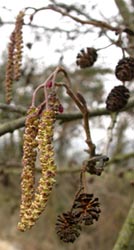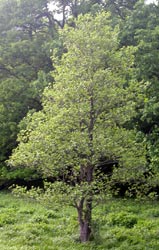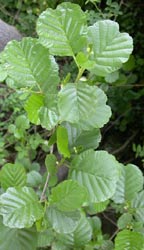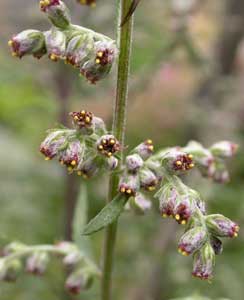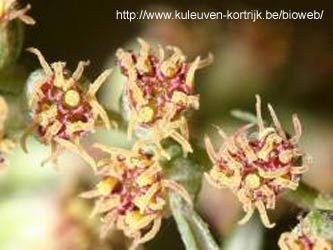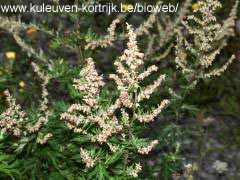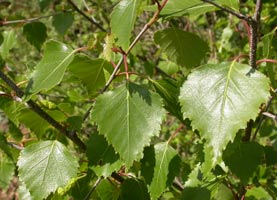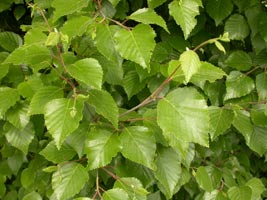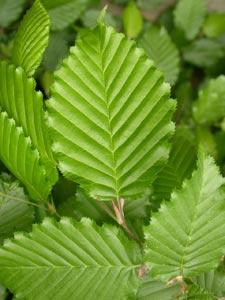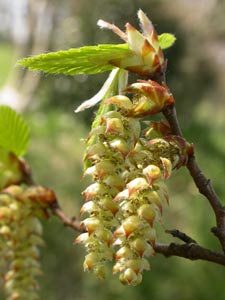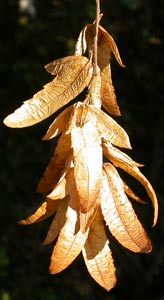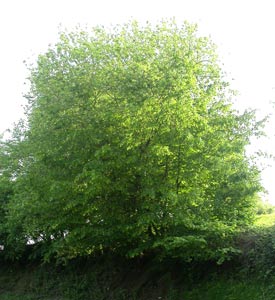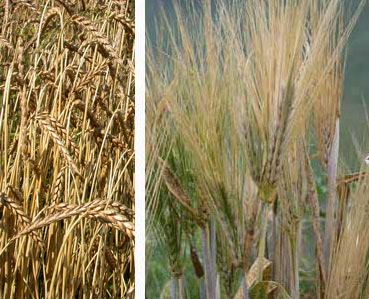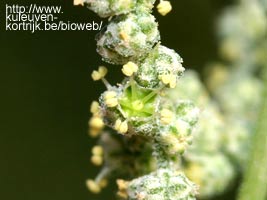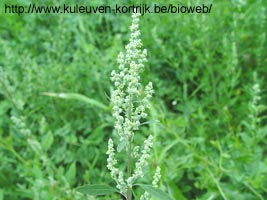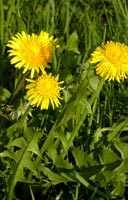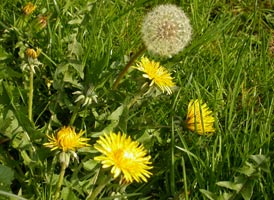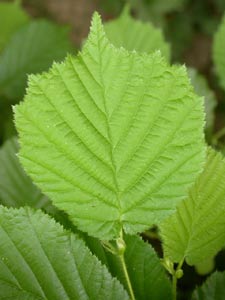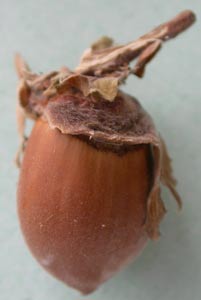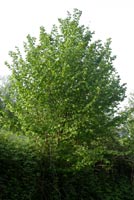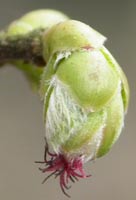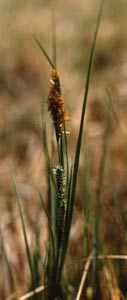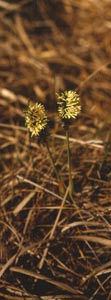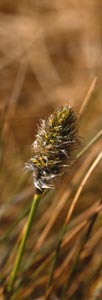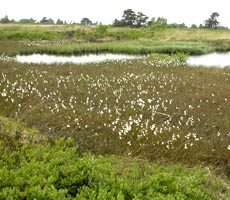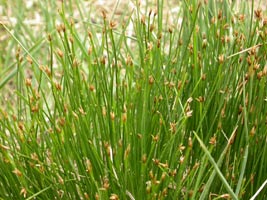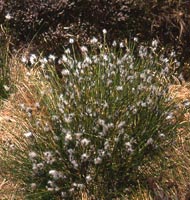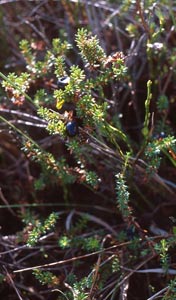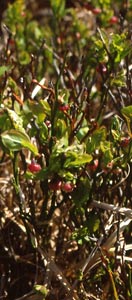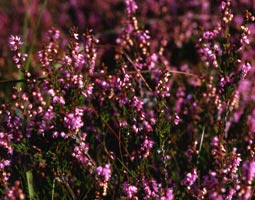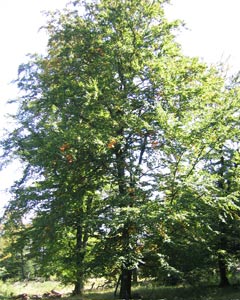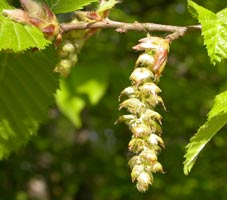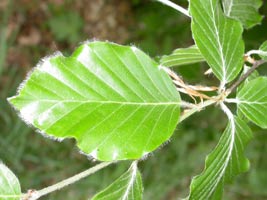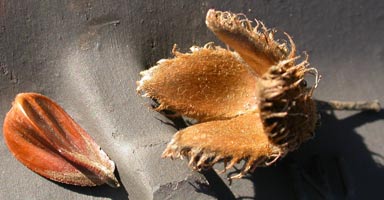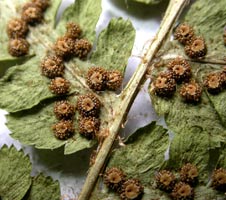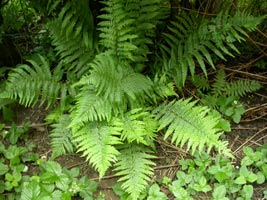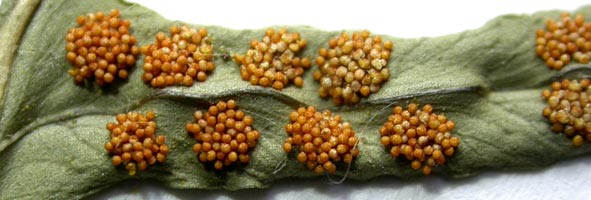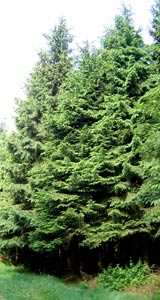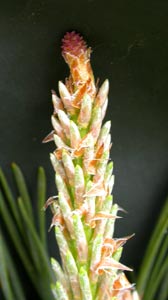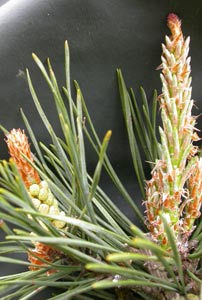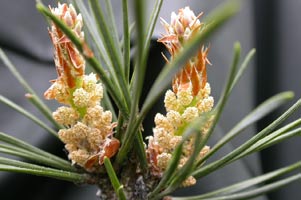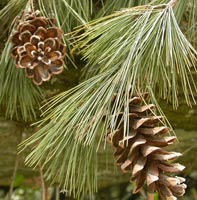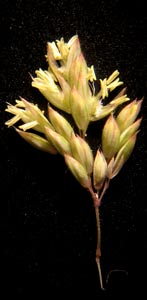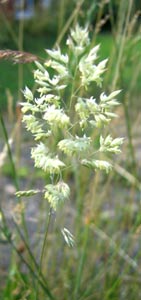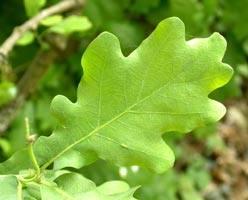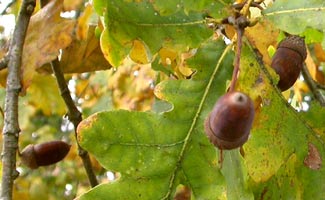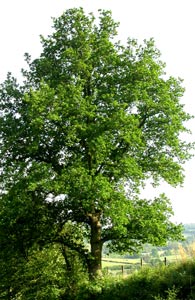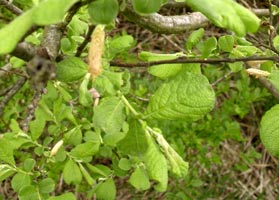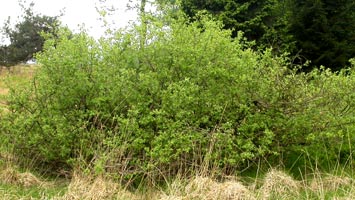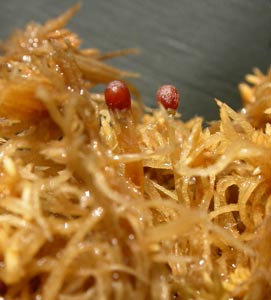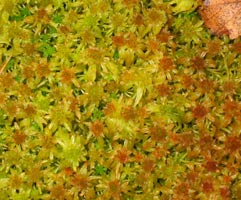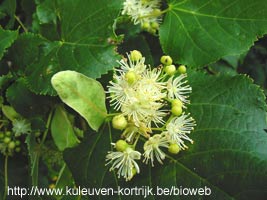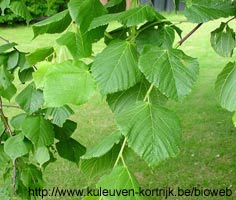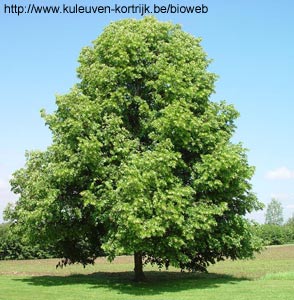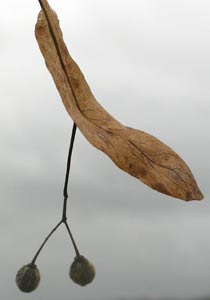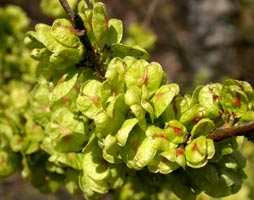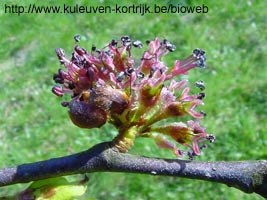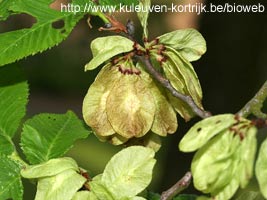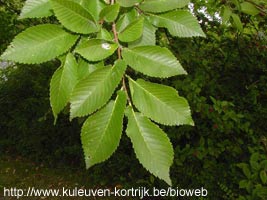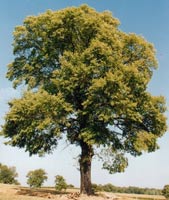| identified taxon |
main species in the Hautes-Fagnes area |
main pollination mode |
pollen origin in peat bogs |
form |
light |
temperature |
soil moisture |
indicates |
* currently present or potentially present in the past, on the Hautes-Fagnes plateau and in the surrounding valleys
+ How are the spores and pollen grains transported ?
+ What does the pollen rain represent ?
+ What is the relationship between vegetation and climate ?
|
| Alnus |
Alnus glutinosa |
 |
 |
 |
 |
 |
 |
river and streamsides, swamps,... |
| Artemisia |
Artemisia div. sp. |
 |
 |
 |
 |
  |

 |
steppe OR synanthropic |
| Betula |
Betula nana |
 |

 |
 |
 |
 |
 |
arctic-alpine tundra |
| . |
Betula pendula |
 |
 |
 |
 |
 |
 |
pioneer species initiating forest colonization in open environments |
| . |
Betula pubescens |
 |

 |
 |
 |
 |
 |
.. |
| Carpinus |
Carpinus betulus |
 |
 |
 |
 |
 |
 |
temperate forest |
| Cerealia |
Secale cereale, Triticum spelta |

 |
 |
 |
. |
. |
. |
human agriculture |
| Chenopodiaceae |
Chenopodiaceae div. sp. |
 |
 |
 |
 |
  |

 |
steppe OR synanthropic |
| Cichorioideae |
Cichorioideae div. sp. |
 |
 |
 |
 |
  |

 |
steppe OR synanthropic |
| Corylus |
Corylus avellana |
 |
 |
 |
 |
 |
 |
temperate forest |
| Cyperaceae |
Eriophorum div. sp. |
 |
 |
 |
 |
 |
 |
swamps, tundra |
| . |
autres Cyperaceae div. sp. |
 |
 |
 |

 |
  |

 |
. |
| Ericales |
Andromeda polifolia |
 |
 |
 |
 |
 |
 |
peat bogs |
| . |
Calluna vulgaris |


|
 |
 |

 |
 |
 |
sparse woodland, heathland |
| . |
Empetrum nigrum |
 |
 |
 |
 |
 |
 |
peat bogs, wet heath |
| . |
Erica tetralix |
 |
 |
 |
 |
 |
 |
peat bogs, wet heath |
| . |
Vaccinium oxycoccos |
 |
 |
 |
 |
 |
 |
peat bogs, wet heath |
| . |
Vaccinium vitis-idaea |
 |
 |
 |

 |
 |
 |
dry heath |
| . |
Vaccinium myrtillus |
 |
 |
 |

 |
 |
 |
sparse woodland, heathland |
| . |
Vaccinium uliginosum |
 |
 |
 |

 |
 |
 |
peat bogs, heathland |
| Fagus |
Fagus sylvatica |
 |
 |
 |
 |
 |
 |
temperate forest |
| Filicales |
. |
. |
 |
 |
. |
. |
. |
understorey |
| Fraxinus |
Fraxinus excelsior |
 |
 |
 |
 |
 |
 |
temperate forest |
| Juniperus |
Juniperus communis |
 |
 |
 |
 |
 |
 |
pioneer species initiating forest colonization in open environments |
| Picea |
Picea abies |
 |
 |
 |
 |
 |
 |
boreal / altitudinal forest OR human afforestation |
| Pinus |
Pinus sylvestris |
 |

 |
 |
 |
 |
 |
pioneer species |
| Plantago |
Plantago div. sp. |

 |
 |
 |
 |
  |

 |
steppe OR synanthropic |
| Poaceae |
Poaceae div. sp. |
 |

 |
 |
. |
. |
. |
all environments especially predominant in steppes |
| Quercus |
Quercus petraea |
 |
 |
 |
 |
 |
 |
temperate forest |
| . |
Quercus robur |
 |
 |
 |
 |
 |
 |
temperate forest |
| Salix |
Salix aurita, S. cinerea, S. x multinervis |
 |

 |
 |
 |
 |
 |
. |
| . |
Salix caprea |
 |
 |
 |
 |
 |
 |
pioneer species |
| . |
Salix repens |
 |
  |
 |
 |
 |
 |
. |
| Sphagnum |
. |
. |
 |
. |
. |
. |
. |
mainly in peat bogs |
| Tilia |
Tilia cordata |
 |
 |
 |
 |
 |
 |
temperate forest |
| . |
Tilia platyphyllos |
 |
 |
 |
 |
 |
 |
temperate forest |
| Ulmus |
Ulmus glabra |
 |
 |
 |
 |
 |
 |
temperate forest |
| . |
Ulmus minor |
 |
 |
 |
 |
 |
 |
temperate forest |
| Nomenclature : Lambinon J., Delvosalle L. & Duvigneaud J., 2004. Nouvelle flore de la Belgique, du G.-D. Duché de Luxembourg, du nord de la France et des régions voisines, cinquième édition. Edition du Jardin botanique national de Belgique, 1167 p. |
![]()
![]()
![]()
